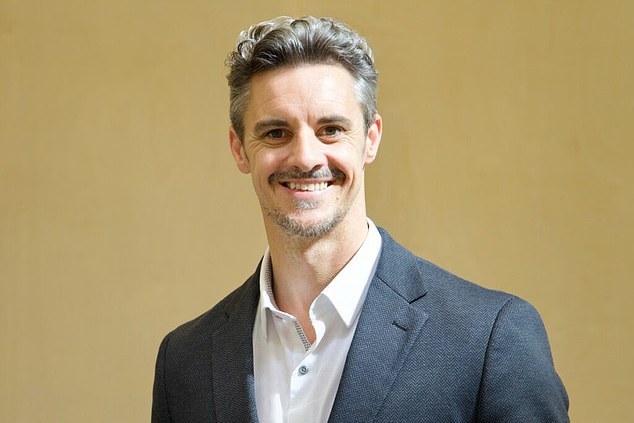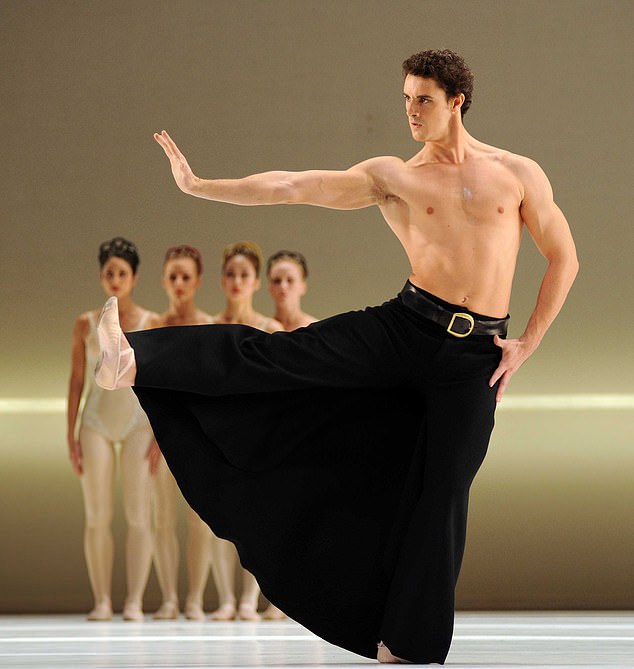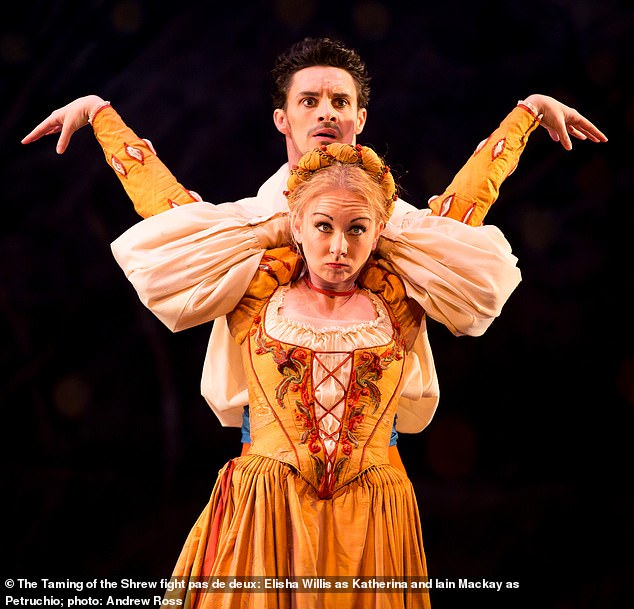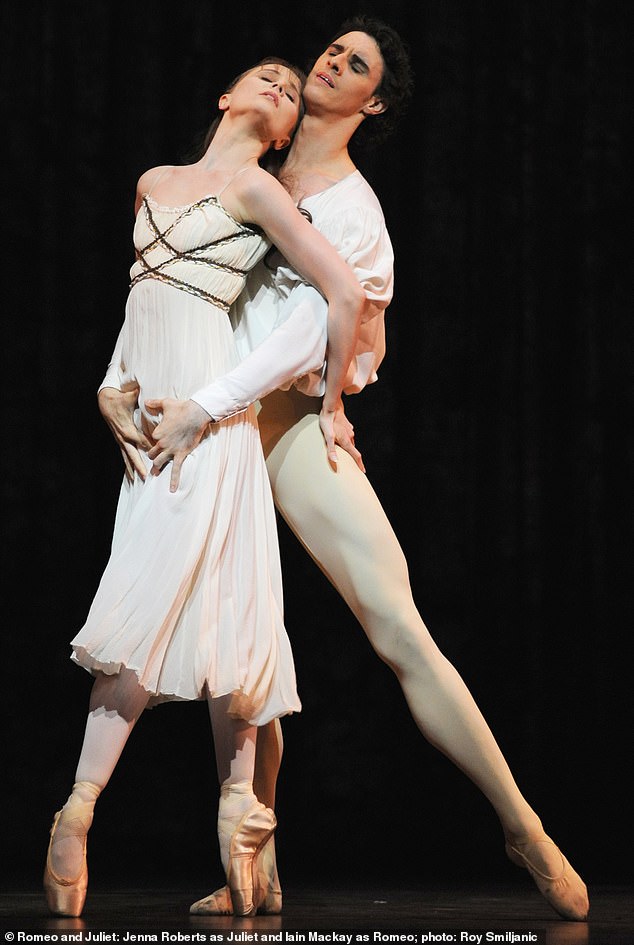Published: | Updated:
The boss of the Royal Ballet School has said it must embrace bigger bodies and same-sex partners in the wake of a ‘body-shaming’ scandal.
Iain Mackay, who became the school’s artistic director last September, has said that the future of ballet lies in breaking away from outdated ideals of body image and gender roles in order to remain relevant to modern audiences.
Speaking to the Times in his first interview since taking charge, he described a new direction in training, with emphasis on strength, stamina and storytelling rather than the stereotypical aesthetic that has dominated classical ballet for decades.
He said discussing plus-size dancers in the industry: ‘Audiences want dancers they can relate to.’
He confirmed that plus-sized ballerinas are increasingly being welcomed into the profession, and said the school is preparing students for a more inclusive and diverse industry.
That includes introducing same-sex partnering in classes, where male-male and female-female duets are now part of contemporary choreography training.
He added there was little ‘gender in terms of partner work’.


The Royal Ballet School, one of the most prestigious institutions of its kind, has also had to address serious concerns around student wellbeing, particularly in relation to body image and mental health.
Earlier this year, the school reached an out-of-court settlement with former student Ellen Elphick, who claimed she developed an eating disorder after being body shamed by a teacher during her time at the school.
Her lawyers said she was made to stand in front of a mirror while the teacher pointed out areas of her body and said they would cut them off ‘if she had a knife’.
The school did not admit liability but said it continues to take the wellbeing of its students ‘very seriously’.
Mackay said he was saddened to hear of former students having negative experiences and acknowledged that navigating the demands of elite training while supporting the physical and emotional needs of young people is a ‘challenge’.



‘The environment has always been tough. We can’t get away [from the fact] that ballet training is hard,’ he said, ‘we are artists and dancers but we train like athletes.’
In response, the school has implemented new measures, including monitoring jump height to track fatigue, reducing dance hours to avoid overtraining, and introducing ‘refuelling stations’ to normalise eating and energy replenishment.
He said ‘relative energy deficiency’, when dancers burn more calories than they consume, is also being closely monitored.
But added: ‘You are burning more calories than you are able to consume but that doesn’t mean there is always an issue. But we have introduced refuelling stations to try and break that stigma in the art form.
‘We have also reduced the amount of hours they dance, but they still need to refuel.’








